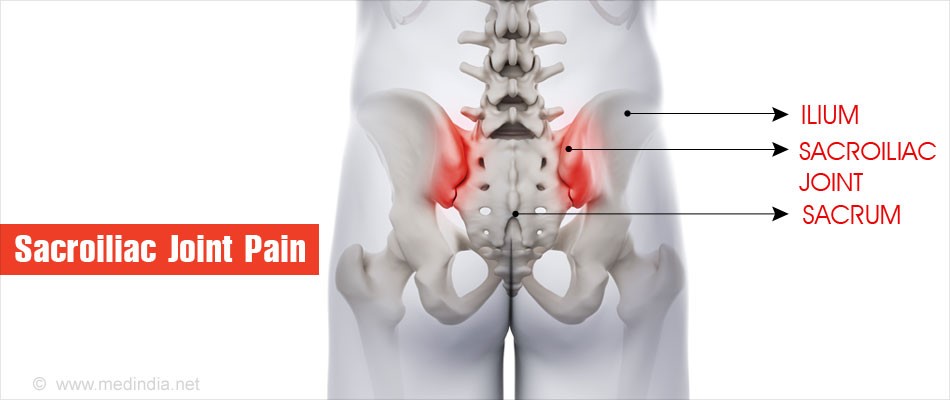Understanding Sacroiliac (SI) Joint Dysfunction
The Role of the SI Joints
The sacroiliac joints play a crucial role in transferring weight and forces between the upper body and the legs. Strong ligaments and muscles support these joints, allowing limited movement. This movement is essential for activities such as walking and lifting. However, the SI joints are also susceptible to dysfunction, leading to lower back pain.
Causes Beyond Arthritis and Degeneration
While arthritis and degenerative disorders are common culprits of SI joint dysfunction, other factors can contribute to or exacerbate the condition:
- Injury: A fall, car accident, or any impact that affects the lower back can injure the SI joints.
- Pregnancy and Childbirth: The body releases hormones during pregnancy that allow ligaments to relax, potentially leading to altered joint function and pain.
- Gait Issues: Abnormal walking patterns can place uneven pressure on the SI joints, leading to dysfunction.
- Hypermobility or Hypomobility: Either too much or too little movement in the SI joints can cause pain.
Identifying SI Joint Dysfunction
Diagnostic Challenges
SI joint dysfunction can mimic other lumbar spine disorders, making diagnosis challenging. A comprehensive assessment is crucial, which may include:
- Physical Examination: Specific maneuvers, such as the FABER (flexion, abduction, and external rotation) test, can indicate SI joint involvement.
- Imaging Tests: While X-rays, MRI, and CT scans can help rule out other conditions, they may not always clearly identify SI joint dysfunction.
- Diagnostic Injections: Injecting a local anesthetic into the SI joint is often the most definitive way to diagnose SI joint dysfunction.
Expanded Treatment Options
Conservative Approaches
- Manual Therapy: Chiropractic adjustments or osteopathic manipulation can help alleviate pain by restoring proper alignment and function.
- SI Joint Belts: These can provide additional support, especially during pregnancy or early stages of rehabilitation.
Advanced Treatments
- Radiofrequency Ablation: This minimally invasive procedure can provide long-term pain relief by disabling the nerves that send pain signals from the SI joint.
- SI Joint Fusion: In severe cases, surgically fusing the SI joint may be considered to stabilize the joint and reduce pain.
Lifestyle and Home Remedies
- Exercise: Tailored exercises to strengthen the core, pelvic floor, and buttocks can improve joint stability.
- Posture: Educating patients on proper posture and ergonomics can prevent further strain on the SI joints.
Recent Advancements
Recent research has focused on improving diagnostic techniques and treatment outcomes for SI joint dysfunction. Innovations in minimally invasive surgery, such as robotic-assisted SI joint fusion, have shown promising results, offering greater precision and potentially faster recovery times.
Conclusion
Understanding the complexities of SI joint dysfunction is crucial for effective treatment and management. By considering a wide range of causes, employing thorough diagnostic strategies, and utilizing both conservative and advanced treatment options, healthcare providers can offer relief to those suffering from this condition. Staying informed about the latest advancements in treatment can further enhance patient care.
Adding these details will provide your readers with a comprehensive understanding of SI joint dysfunction, its impact, and the multifaceted approaches to treatment available at Legacy. This expansion not only enriches your original content but also positions your blog as a valuable resource for those seeking to understand and find relief from low back pain.
 when the body bears weight or flexes forward. Arthritic and certain age-related degenerative disorders may gradually erode protective joint cartilage, which can subsequently lead to instability and pain that can mimic some of the symptoms of lumbar pathologies.
when the body bears weight or flexes forward. Arthritic and certain age-related degenerative disorders may gradually erode protective joint cartilage, which can subsequently lead to instability and pain that can mimic some of the symptoms of lumbar pathologies.